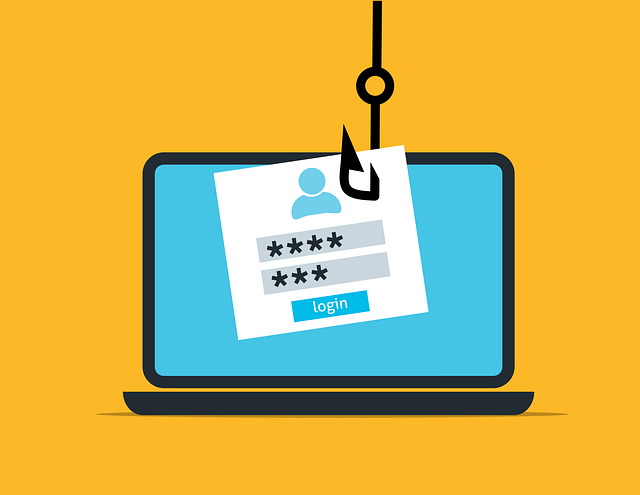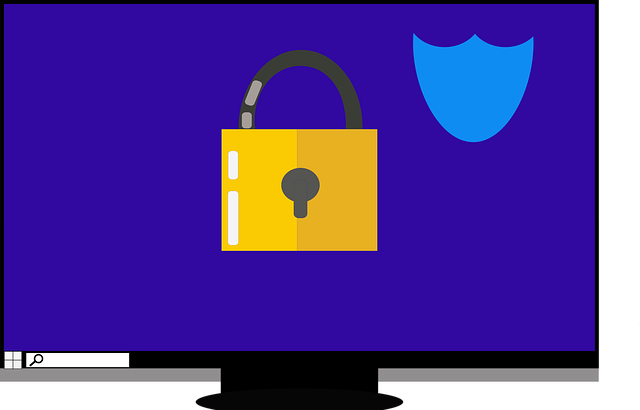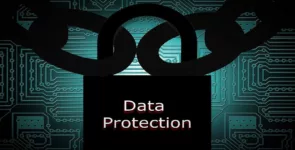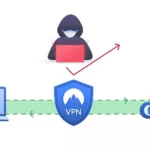With the increasing popularity of online instruction in the current academic world, it’s crucial to acknowledge the pivotal role it plays in the educational sector. Concurrently, this shift towards digital platforms underscores the need to enforce robust privacy measures for securing vital school records. This piece delves into best practices for safeguarding data in an online teaching setting.
Understanding the Importance of Safeguarding Data
In the context of any educational establishment, data carries immense value. It encompasses delicate details such as student portfolios, test scores, fiscal data, and private information of staff members. Unauthorized access to such data can lead to identity fraud, financial implications, or tarnishing the institution’s reputation. Therefore, data protection is not just an obligation but a crucial need in online learning environments.
Institutions should understand and comply with the data protection laws of their jurisdiction before setting a privacy policy. For example, in the United States, the Family Educational Rights and Privacy Act (FERPA) establishes guidelines for protecting student information. Institutions must ensure compliance with these laws and continually review their privacy practices to reflect legal updates and changes.
Recognizing the Risks Related to Online Learning and Data Privacy
Online learning has experienced a surge in popularity, especially in recent times. However, this also brings inherent risks concerning student data privacy. The following are some threats linked with online learning and student data privacy:
- Data Leaks: Schools collect a plethora of private information about their students, such as academic grades, bullying incidents, and Social Security numbers. Unfortunately, K-12 institutions might not always have effective measures to safeguard this data, making it prone to leaks.
- Cyber Threats: Online learning not only allows schools to prioritize safety while delivering education but also increases cyber threats. The absence of remote access controls and the utilization of mobile devices can heighten the risk of compromising the entire school network.
- Privacy Issues: The adoption of online software and platforms brings about significant privacy concerns for students. Some platforms might gather excessive personal data and use it beyond the agreed-upon purposes, potentially breaching students’ privacy.
- Intrusive Educational Tools: Some educational tools used in online learning might be designed to collect and transmit information to third parties, thereby jeopardizing students’ privacy and security. This includes applications that gather personal information, monitor online behavior, and access students’ digital contacts and cameras without permission.
- Phishing Scams: Some platforms may not secure student data, making it vulnerable to sharing, selling, or theft. Additionally, there’s the risk of hackers interrupting video calls and showing inappropriate content. Students or parents might also receive harmful links in emails pretending to be from teachers or school personnel.

Implementing Solutions and Effective Practices
To alleviate these risks, institutions should ensure that digital tools and resources for online learning adhere to privacy laws such as FERPA and the Children’s Online Privacy Protection Act (COPPA). Furthermore, the following practices should be executed:
- Secure Communication Platforms: All interactions in online learning should occur on secure, encrypted platforms that meet data protection norms. These platforms guarantee that conversations and shared resources stay within the platform, safe from external threats.
- Data Loss Prevention (DLP) Tools: DLP tools aid in preventing data leaks by monitoring and controlling data endpoints. They can pinpoint sensitive data, track its usage, and prevent unauthorized access or distribution. Institutions should deploy DLP solutions for both on-site and online learning environments. For example, tools like “Cyberhaven is a cloud-native data detection and response solution, combining traditional endpoint data loss prevention with incident response capabilities in order to empower cybersecurity teams to discover and detect not just individual instances of real-time sensitive data exposure within applications, but the end user activity leading up to these incidents.”
- Multi-factor Authentication (MFA): MFA provides an additional layer of security by requiring users to present multiple forms of identity confirmation before accessing school data. This drastically lowers the chances of unauthorized data access, even if a password gets compromised.
- Regular System Updates and Patching: Cyber threats evolve swiftly, with new vulnerabilities appearing continually. To effectively safeguard school data, it is critical to keep all systems, applications, and platforms updated with the latest security patches. Regular updates fix software vulnerabilities and ensure protection against the latest cyber threats.
- Remote Access Management: Clear policies should be in place regarding who can remotely access data, under what conditions, and through which devices. This helps prevent unauthorized access and minimizes potential data exposure. Virtual Private Networks (VPNs) can provide a secure pathway for remote access, encrypting data, and hiding user locations.
- Data Backups: Apart from preventing unauthorized data access, having frequent, encrypted backups of all vital data is crucial for data recovery in case of loss. This protects against ransomware attacks and other forms of data loss.
- User Education: It is important to educate both staff and students about potential threats and their role in data protection. This includes guidance on creating strong passwords, identifying phishing attempts, and understanding the significance of not sharing sensitive information.
- Endpoint Security: In online learning, every device connecting to the school’s network is a potential exploit point for attackers. Schools should install reliable endpoint security software on these devices to detect and neutralize threats.

Establishing a Comprehensive Data Management Policy
A comprehensive data management policy is essential for protecting school data. This policy should define rules concerning data access, data sharing, and data backup. It should clearly convey who has the authorization to access specific information, how this data can be shared (if at all), and how frequently data should be backed up.
Conclusion
As online learning continues to influence the educational landscape, data security must be given the utmost importance. By advocating a culture of cyber safety, implementing robust security measures, and effectively managing remote access, institutions can maintain the integrity and confidentiality of their critical data. With these protocols in place, institutions can confidently transition into the digital era, offering students a safe and secure learning environment.
About the Author:
Prasanna Peshkar is a cybersecurity researcher, educator, and cybersecurity technical content writer. He is interested in performing audits by assessing web application threats, and vulnerabilities. He is interested in new attack methodologies, tools and frameworks. He also spends time looking for new vulnerabilities, and understanding emerging cybersecurity threats in the blockchain technology. He is also a regular writer at Bora.








